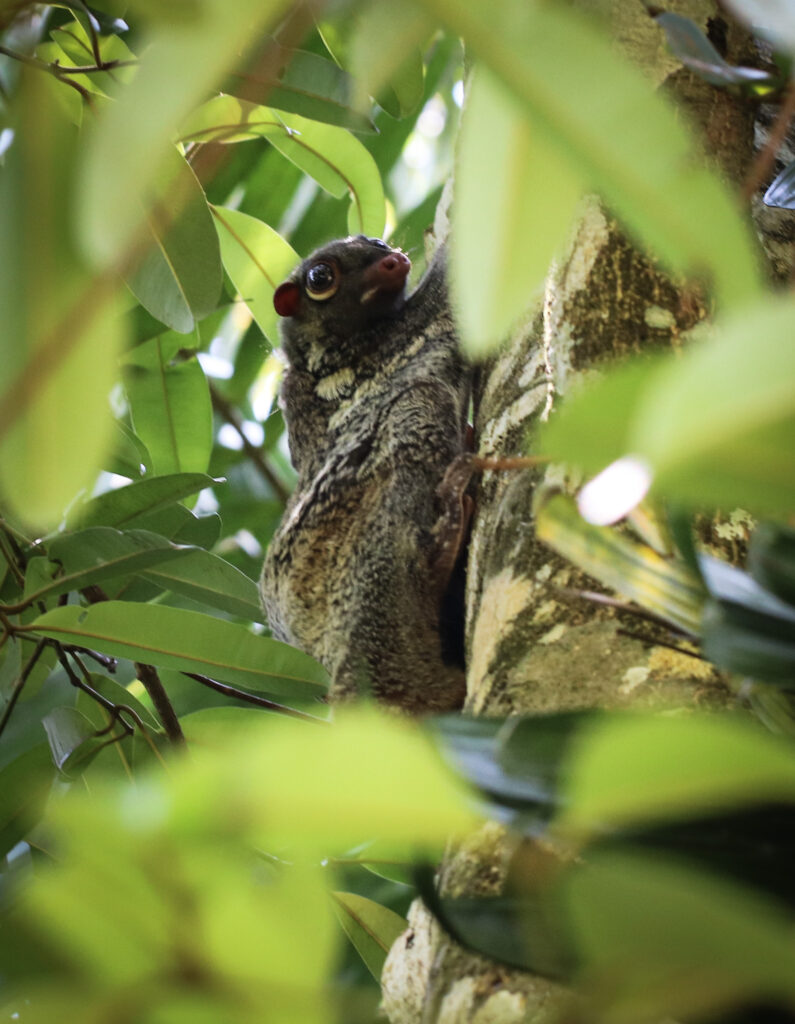A Day in Paradise: Bako National Park
Just outside of Kuching, Bako National Park is a popular tourist destination in Sarawak. It was protected in 1957, making it Sarawak’s oldest national park. While Bako is small for Asian National Park standards, it still delivers in scenery, flora, and fauna. The area contains a lot of limestone which has been carved away by years of erosion, leaving impressive rock structures throughout the Park. One famous rock formation at the Park resembled a cobra’s head but sadly was lost to the sea earlier this year.
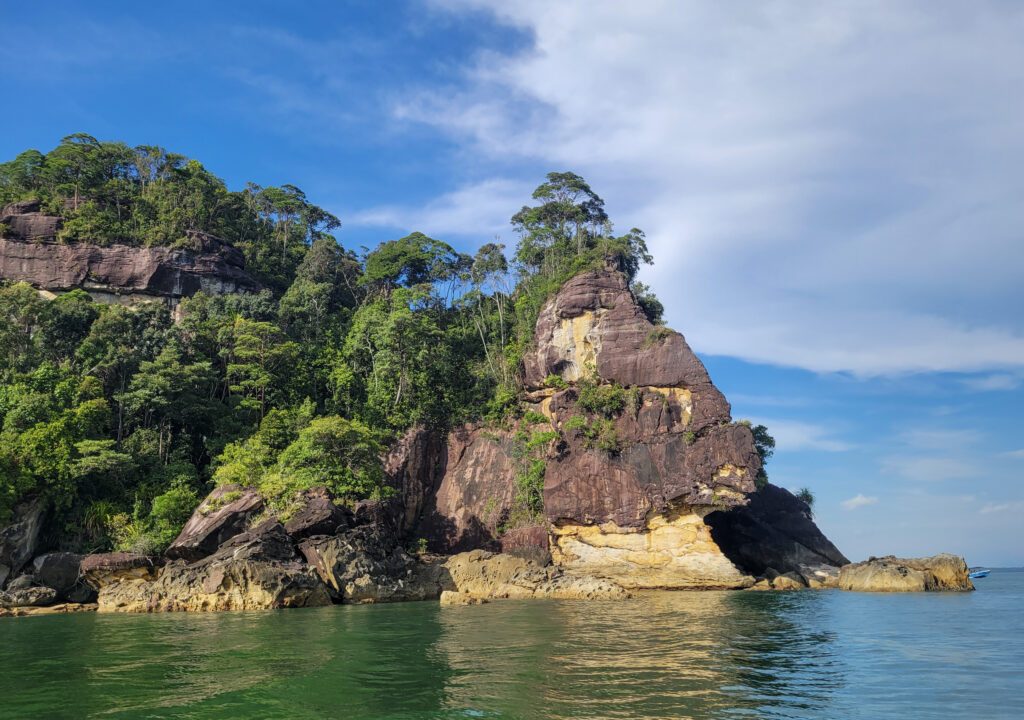
Getting There
Bako National Park requires a little bit of planning to visit. You can either take a bus, a car, a Grab, or a taxi to the jetty and from there you will need to purchase a boat ticket. Sometimes, getting back can be a pain, so we used Tommy Taxi (What’s App +60 16-214 2158 ) to schedule pickup and drop-off. It was more expensive than the other options, but we were able to get two vehicles for our group of 11 and didn’t have to worry about getting split up and also were able to arrive early to get some of the first boats.
Once you arrive in the terminal, you have to pay your entrance fee and then purchase a boat ticket. The boats can carry up to 5 people at a time and are currently 200 RM for both ways. You can either arrive with companions or buddy up with folks in line to share a boat. As a note- if you do buddy up with folks, make sure you have a plan to meet up to go back because you all have to go back in the same boat. The boats run from 8:00am- 3:00 pm.
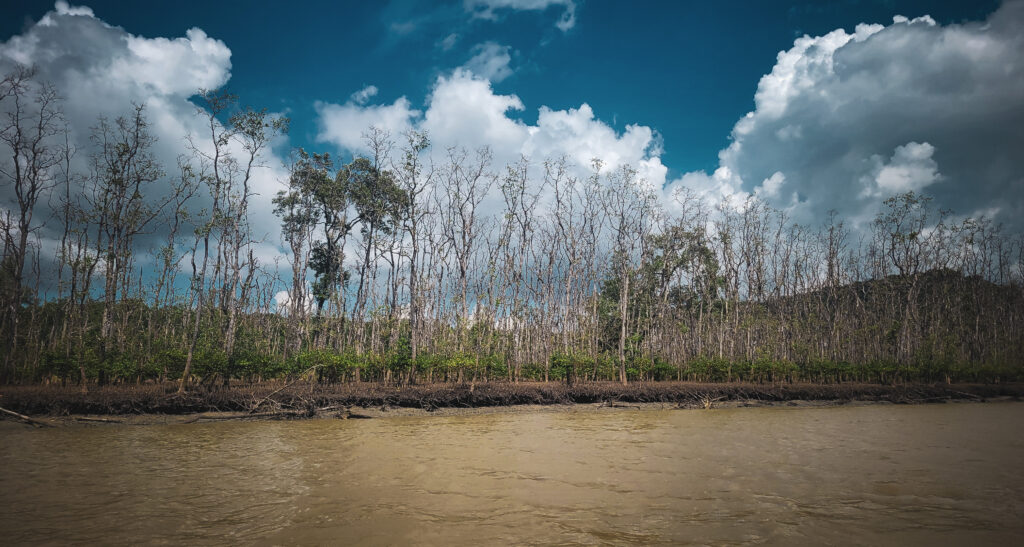
Boat Ride
During the boat ride, you can see some of the fishing areas within the town of Bako and then can view some of the amazing mangroves that flank the Park. Depending on the tide, you will either get dropped off at the jetty or on the beach. Prepare to slog through the water at least once- either during drop off or pick up. I brought cheap water shoes. Let your boat driver know when you want pick up, and try to get their What’s App.

Hiking
After drop off, you have to go to the Park Headquarters to sign in and get your map. There are restrooms at Headquarters, but they do not have toilet paper or soap, so be prepared. The area also has a small cafeteria with food and cold drinks. Keep an eye on the macaques as they sadly are used to being fed and will approach you. We made sure to clap our hands and stomp to get them to keep their distance. Bako has crab-eating macaques that are also known as long-tailed macaques. These highly adaptable species sadly are declining due to humans. They are widely traded, both legally and illegally, as pets and also for the medical industry. In addition, they are heavily persecuted in areas where they interface with humans.
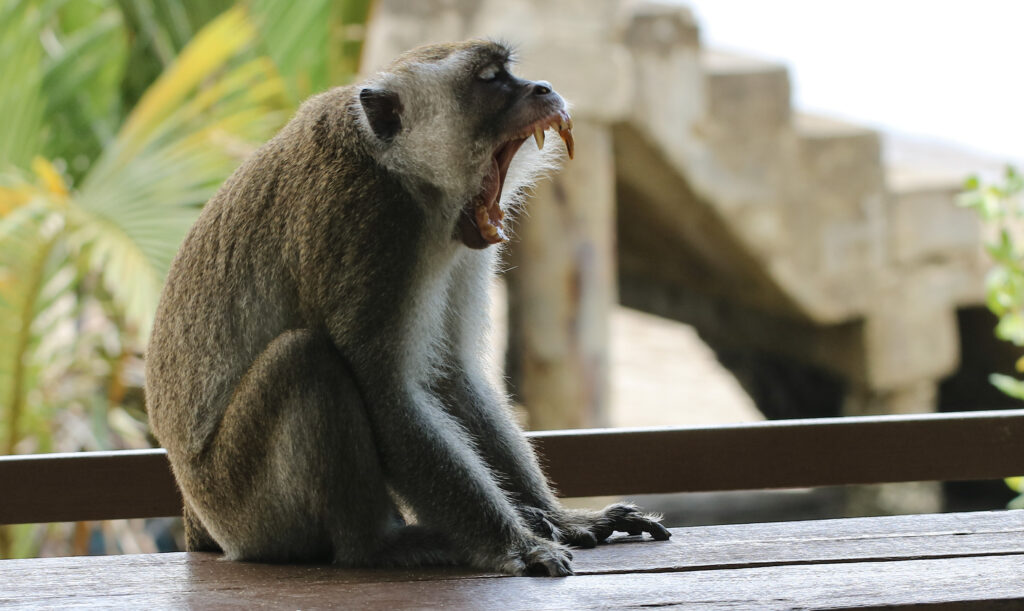
At Headquarters, the docents will let you know the best trails for viewing certain things. We went in August, so it was HOT. Quick dry clothes are a must. While the group had leech socks, we didn’t end up needing them on our trip. Several of our group members took the Lintang trail which is a loop trail that goes through the main habitats of Bako. In August, no one seemed to see much wildlife on the trail, and everyone said it was pretty difficult to maneuver.
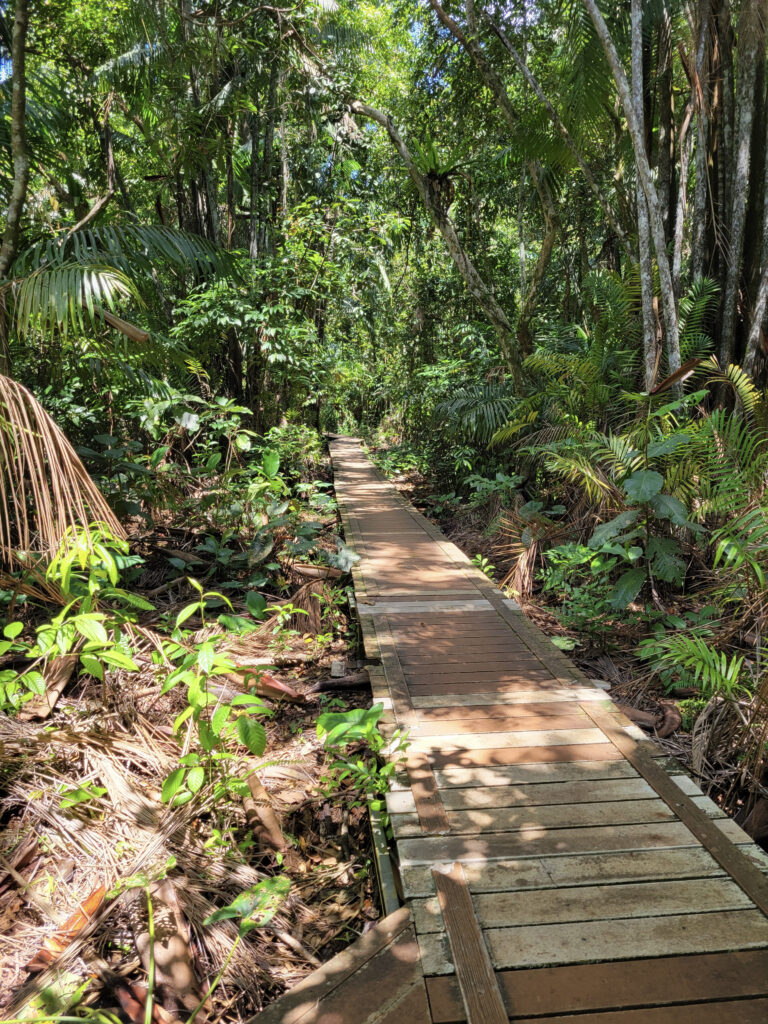
I went on the “easier” Telok Paku trail which was only 800m. There were a lot of steep steps and so much wildlife from proboscis monkeys to cool spiders that it took us over an hour to walk out to the beach. (Side note- proboscis monkeys overnight at the beach and work their way into the forest in the morning, so your best chance at seeing them is to get there early). As for a fun fact about proboscis monkeys, their long nose and pot bellies earned them the name ‘Orang Belanda’ in Borneo. This translates to “Dutch man” in Bahasa Indonesian.
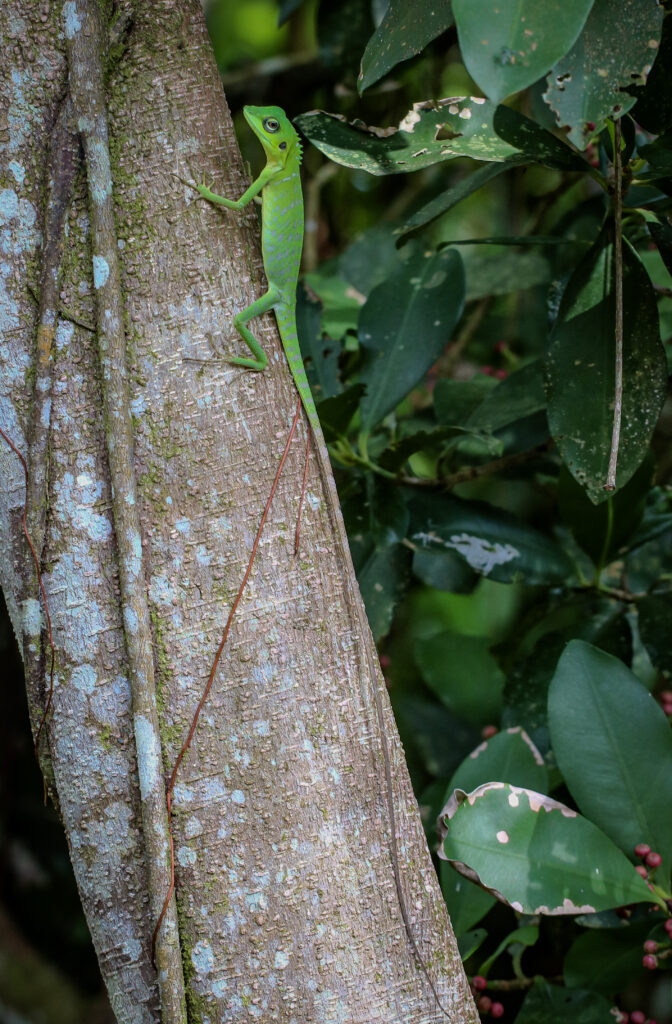
Once we got to the beach, the view was fantastic. While swimming is discouraged (prohibited?) due to crocodiles, you can still dip your toes in after a sweaty walk. There are folks with boats who will also take you on a ride for a fee if you want. We decided to sit down and have a quick snack and relax. The pitted rocks on the beach can hold tiny ecosystems, and hermit crabs are abound along the edges of the vegetation.

Our original plan was to go back on the Paku trail and then go up along T. Pandan Kecil to see pitcher plants. Due to the heat and humidity, we were wiped, though, and decided to go back to Headquarters. We met up with the macaques while lounging by the mangroves. The group was very pushy, so we decided to go back to Headquarters.
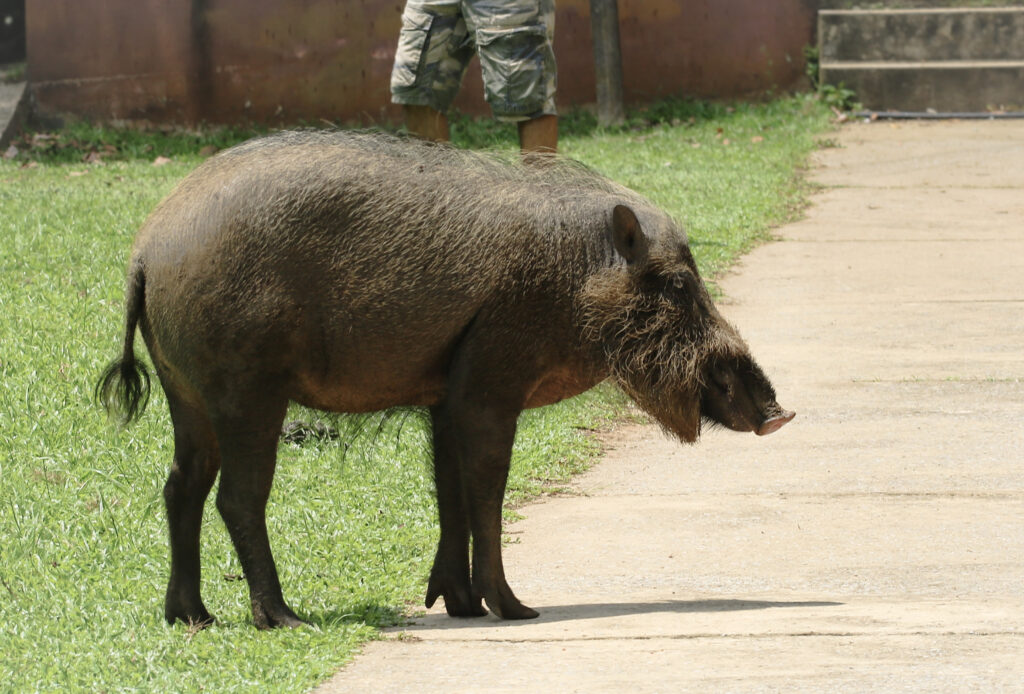
After some cold drinks, several of us peeled off to see a few other critters close to Headquarters including the bearded pigs which hang around the building. Unlike feral swine back at home, these pigs are pretty chill, but I did see one charge a person who got too close to snap a photo. The Bornean bearded pig (Sus barbatus) is considered to be Vulnerable by the IUCN, and its decline is due to hunting and habitat loss, particularly the loss of fruit trees on which they depend. Thankfully, these pigs at Bako are protected. They live in maternal family units (mother with piglets) that can sometimes be up in the 100s. Adult males, however, are solitary.
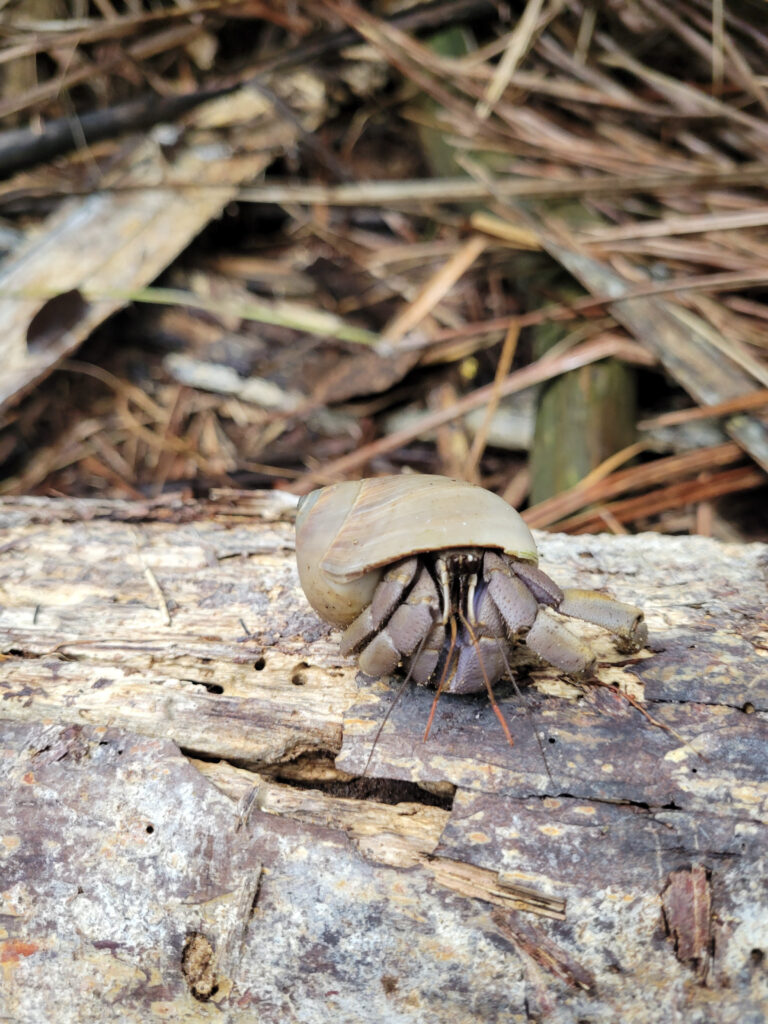
Final Thoughts
If you are in Kuching, give yourself at least a day to visit Bako! If I could have taken a few more days there, I would have. I saw so much in the short time we were there and missed some of my target species like the pitcher plants I wanted to see.
Heed the estimated trail times, too, and add extra time to them. Usually, I am a fast hiker by most standards, but the trails were even challenging in sections for me. We also stopped a lot for wildlife, too. It’s imperative that you make it back in time for the final boats, so always be mindful of your timing while hiking in Bako.
